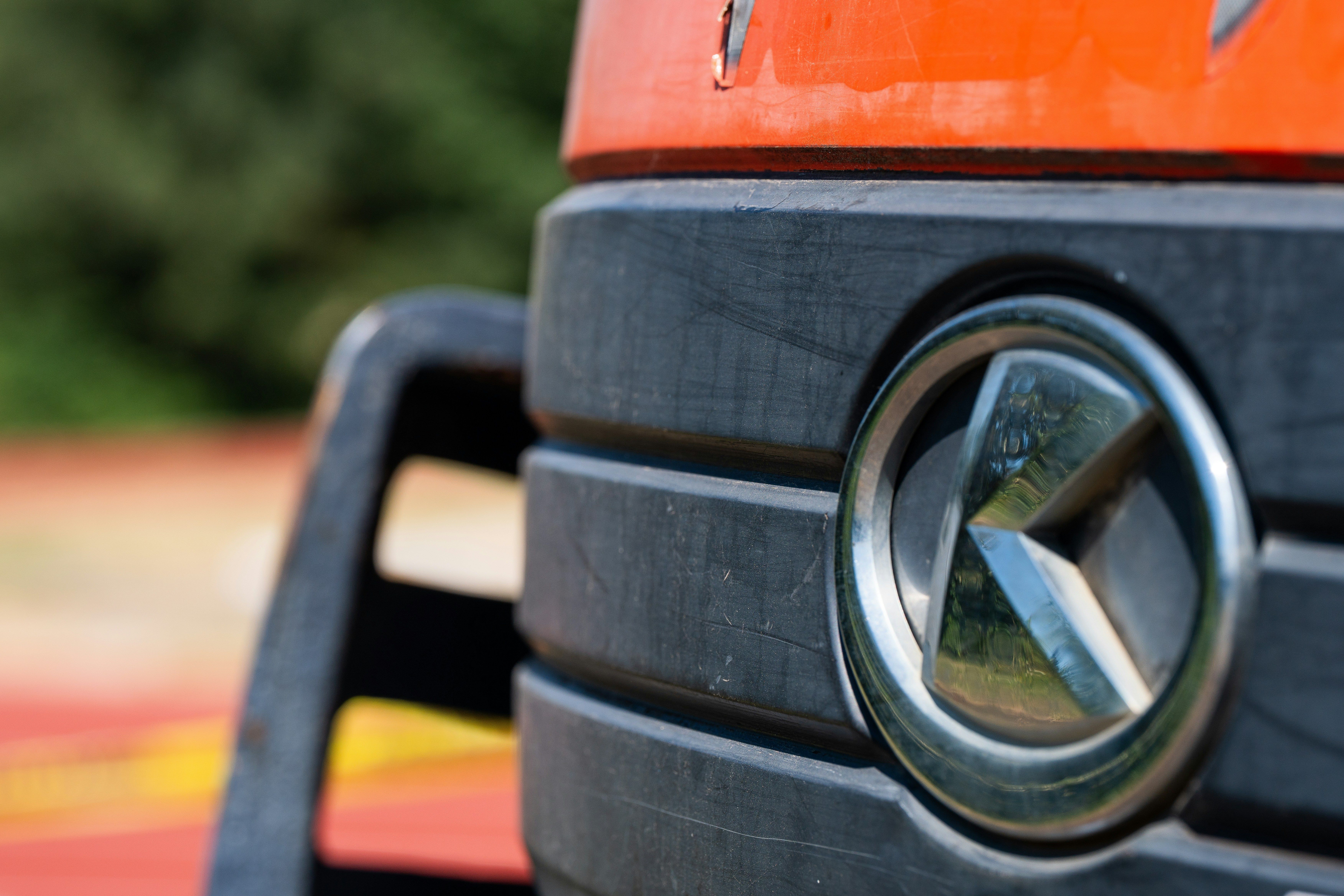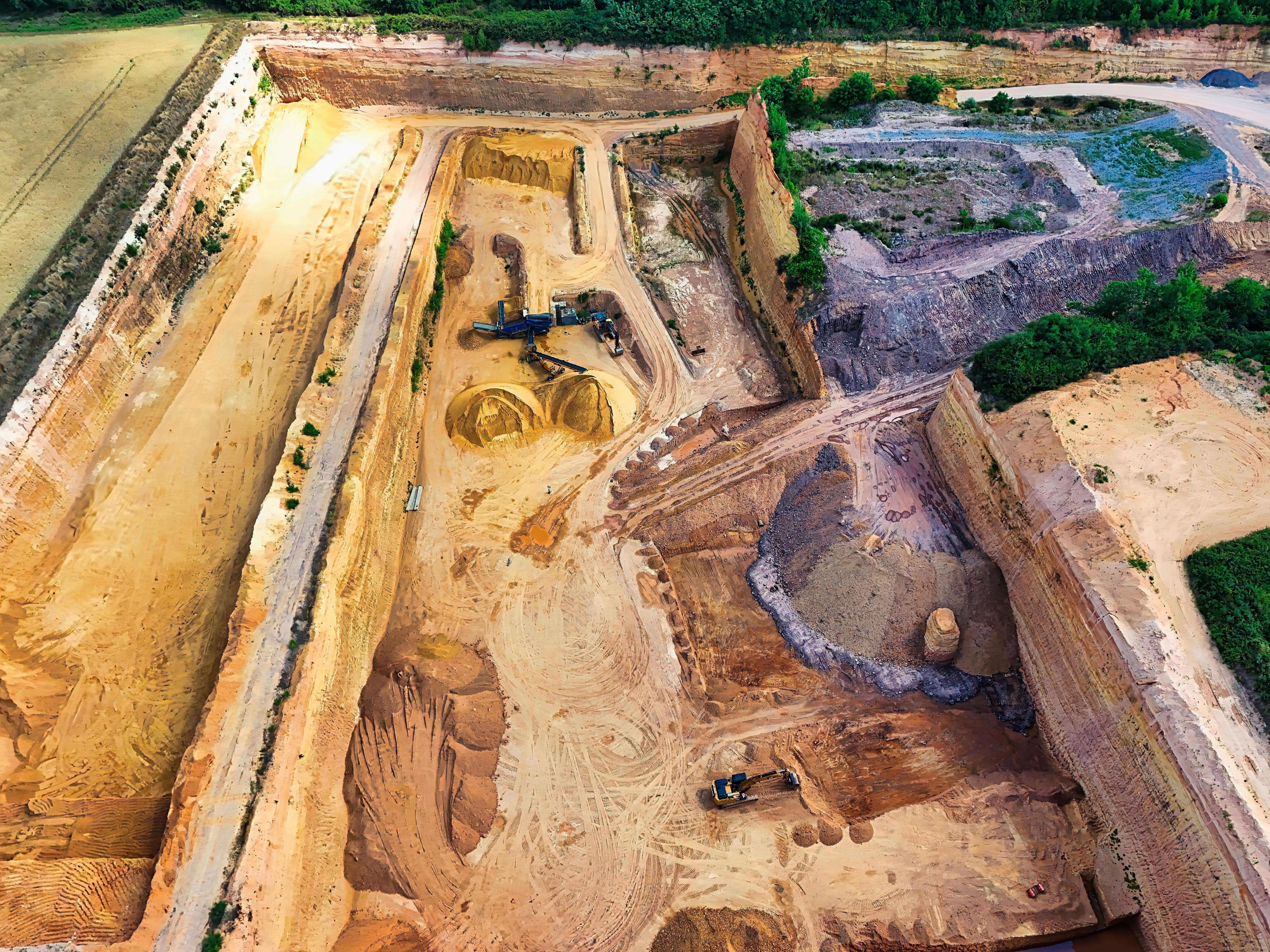Tired of watching your profits get buried under equipment costs and wasted time? There’s a reason savvy contractors run their entire job site with just a skid steer and a few key attachments.
Every minute your machine sits idle while crews swap tools or wait for specialty equipment, you’re losing money. Worse, trying to force the wrong attachment to do a job leads to breakdowns, delays, and even safety risks—especially in Georgia’s tough clay or Alabama’s rock-filled soil.
The right skid steer attachments transform your loader from a single-task workhorse into your most versatile employee. Imagine clearing land without hand labor, drilling perfect post holes through granite, or prepping a building pad in half the time—all without ever leaving the cab.
We’ve spent years testing attachments with crews across the South, from highway contractors to site-prep specialists. This isn’t theory—it’s hard-won knowledge about what actually works when the dirt starts flying.
Time to put your skid steer to work like never before.
Which Skid Steer Grapple Works Best for Land Clearing?
A dual-lid root grapple outperforms other options for clearing dense brush in Southern job sites. In Georgia’s pine forests, this style processes debris 40% faster than bucket attachments. The 54” Bobcat-style grapple, for example, efficiently handles 2,500 lbs of logs per load while minimizing spillage.
Rock vs. Root Grapples: When to Use Each
Root grapples excel in overgrown areas due to their flexible tines, which securely grip irregularly shaped debris like stumps and branches. Their design prevents smaller material from slipping through, making them ideal for forestry and land-clearing projects.
Rock grapples feature a box-style structure that contains heavy, loose materials such as boulders and demolition rubble. The enclosed sides prevent debris from falling out during transport, reducing cleanup time on rocky terrain or construction sites.
Pro Tip: Matching Hydraulic Flow for Optimal Performance
Always verify your skid steer’s hydraulic flow before selecting a grapple. Most attachments require 15-25 GPM, but specific models like the Kubota SVL75 need a minimum of 17.4 GPM to operate efficiently. Using an underpowered machine strains the system and reduces productivity.
How Do You Choose an Auger for Rocky Southern Soil?
A 9-inch rock auger with carbide teeth is the most efficient choice for dense, rocky soils like Alabama clay. These specialized bits last three times longer than standard augers when drilling through tough materials. For short-term needs, daily rentals provide a cost-effective solution.
Earth Augers vs. Rock Augers: What’s the Difference?
Earth augers work best in loose or sandy soils. Their spiral flute design quickly removes loose material, making them ideal for tasks like fence post installation. These augers struggle in compacted or rocky conditions, where excessive wear reduces effectiveness.
Rock augers feature reinforced tungsten teeth designed to fracture stone and hard-packed earth. They maintain sharpness longer when working through shale, granite, and dense clay layers. The heavy-duty construction withstands impacts that would damage standard auger bits.
Safety Check: Proper Auger Operation on Challenging Terrain
Always ensure the auger remains level before beginning any drilling operation. Uneven pressure distribution can crack mounting hardware and lead to equipment failure. On sloped terrain exceeding five degrees, OSHA regulations require stabilizer bars to prevent machine movement during operation. Proper setup prevents accidents and maintains drilling accuracy in difficult soil conditions.
Why Use a Trencher Attachment Over a Mini-Excavator?
Trencher attachments complete utility line installation four times faster than mini excavators, laying 200 linear feet per hour compared to just 50 feet with conventional digging methods. These specialized tools maintain consistent depth and width for drainage pipes and irrigation systems, reducing the need for manual grading.
Chain vs. Wheel Trenchers: Key Performance Differences
Chain trenchers deliver precise cuts with clean edges, making them ideal for irrigation systems and other projects requiring neat trenches. Their cutting action works well in most soil types but may require more frequent maintenance in rocky conditions.
Wheel trenchers operate more efficiently in challenging terrain containing rocks or roots. The rotating wheel design resists jamming and maintains productivity where chain trenchers might stall. This makes them preferable for utility installations in undeveloped or rocky sites.
Cost Considerations for Equipment Selection
Renting trenching equipment often proves more economical than purchasing for small to mid-sized operations. Weekly rental costs represent significant savings compared to the capital investment required for ownership. This approach preserves working capital while still providing access to professional grade trenching capabilities when needed.
Are Pallet Forks Worth the Investment for Small Construction Companies?
Pallet fork attachments significantly improve material handling efficiency on job sites, capable of moving 4,000 pounds per load while reducing manual labor. These versatile tools triple productivity for tasks like loading roofing materials or transporting construction supplies, making them valuable for operations of any size.
Comparing Fixed and Adjustable Fork Designs
Fixed-width forks provide maximum stability when handling uniform loads like palletized bricks or lumber. Their rigid construction prevents shifting during transport, ensuring safe material placement.
Adjustable forks offer greater flexibility for irregularly shaped materials. The ability to extend up to 60 inches wide accommodates bulky items like pipe bundles or precast concrete elements that standard forks can't handle securely.
Critical Safety Considerations for Fork Operation
OSHA regulations mandate strict adherence to rated capacity limits for all lifting operations. Proper load tagging and visibility are essential, as overloaded forks account for hundreds of preventable injuries annually. Operators must verify weight distribution and secure all loads before transport to prevent dangerous tip-over accidents.
When Should You Use a Soil Conditioner on Georgia Clay?
The optimal time to use a soil conditioner is immediately after rainfall when Georgia's notorious clay forms stubborn clumps. This attachment pulverizes compacted earth to a depth of 12 inches in a single pass, eliminating the need for multiple disc harrowing sessions that typically waste two hours of productive work time. For operations that don't require frequent use, daily rentals provide access to professional-grade soil preparation without the long-term investment.
Mixing Depths and Speeds: Protecting Your Equipment
Different soil types demand specific operational approaches to prevent unnecessary strain on machinery. Sandy soils require shallower 6-inch mixing depths at faster 3 mph working speeds to achieve proper aeration. In contrast, Georgia's dense clay responds best to deeper 12-inch penetration at slower 1.5 mph speeds, allowing the conditioner's tines to thoroughly break up the compacted layers without overworking the power plant.
Critical Compatibility Considerations
Not all compact equipment can handle full-size soil conditioners effectively. Machines must produce at least 50 horsepower to operate standard models without risking damage to the drivetrain. Before connecting any attachment, verify hydraulic coupler compatibility and ensure the quick-attach system matches your equipment's specifications. These precautions prevent costly downtime and repair bills from mismatched components.
What Attachments Fit My Bobcat/Kubota/MT Skid Steer?
Most modern attachments feature Bobcat-style universal quick couplers for broad compatibility, though some European-designed Kubota models require $75 adapter plates for proper connection. Hydraulic requirements vary significantly between brands, with MT equipment typically limited to standard-flow systems operating at 10-15 GPM, while larger Bobcat units can handle high-flow 30 GPM attachments.
Quick-Attach Compatibility Guide
The attachment interface system differs across major manufacturers:
- Bobcat models utilize a universal quick-attach pattern compatible with most aftermarket attachments and operate within a broad 15-30 GPM hydraulic flow range
- Kubota equipment often uses Euro-style couplers requiring adapters and needs precise 17.4 GPM flow for optimal performance
- MT compact loaders employ Global attachment interfaces best suited for 10-15 GPM standard-flow implements
Operating Within Safe Weight Limits
Every skid steer has clearly marked maximum operating capacities on the factory identification plate, typically located under the seat or on the loader arm. Exceeding these limits risks catastrophic failure of hydraulic components or potentially fatal tip-over accidents. Always calculate attachment weight plus load before operation, remembering that capacity decreases when working on slopes or uneven terrain.
How Much Money Can Attachments Save Your Business?
Strategic use of attachments can yield $18,000 in annual savings for small to mid-sized operations. Renting specialized implements like grapples for $1,250 annually versus purchasing at $7,000 preserves capital while eliminating $600 yearly maintenance costs. This approach allows contractors to access premium equipment only when needed, rather than tying up funds in seldom-used attachments.
Cost-Benefit Analysis: Rental vs Ownership
The financial advantages become clear when comparing total costs:
- Purchase Option: $7,000 initial investment plus $600 annual maintenance totals $7,600 first-year cost
- Rental Strategy: $300 weekly rental for 10 weeks annually equals $3,000 yearly expense
- First-Year Savings: Rental provides $4,600 immediate cash flow improvement
Financial Management Advantages
Rental expenses qualify as immediately deductible operational costs, simplifying accounting compared to purchased equipment depreciation. This approach eliminates complex IRS forms while providing predictable, tax-advantaged expense management. Many operators find the combined savings from taxes, maintenance, and storage more than offset rental fees for intermittently used attachments.
Conclusion
The right skid steer attachments transform a single machine into a complete sitework solution. From land-clearing grapples to precision trenchers, these implements multiply productivity while reducing equipment costs. Material-handling forks streamline jobsite logistics, while specialized augers conquer tough southern soils. Soil conditioners prepare perfect building pads, and all these tools integrate through smart quick-attach systems.
For contractors across Georgia and Alabama, implementing this attachment strategy means completing projects faster with less equipment investment.
Explore our comprehensive lineup of 11+ proven skid steer attachments available for same-day delivery. Contact Live Oak Equipment at (706) 392-6149 or visit our online portal to optimize your equipment fleet today. These skid steer attachments represent the smartest way to maximize your existing investment while minimizing overhead.





